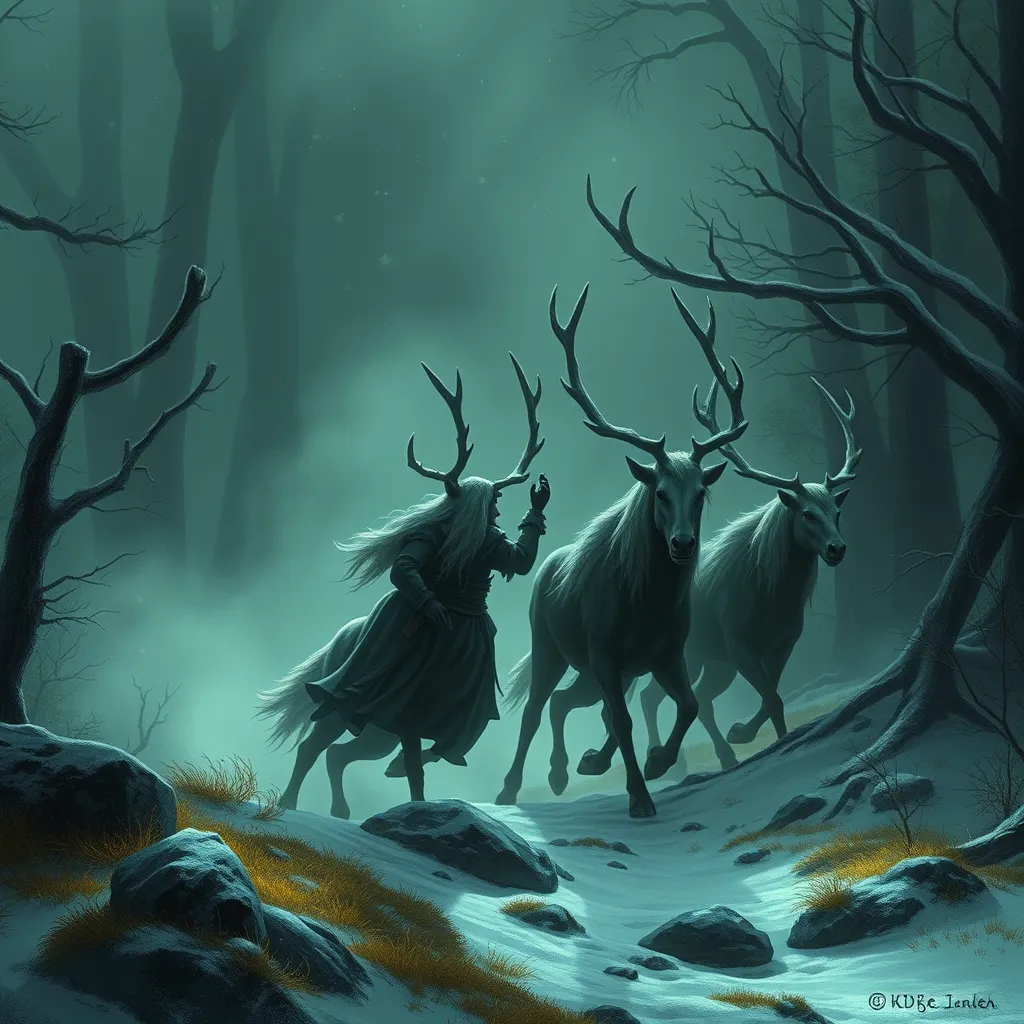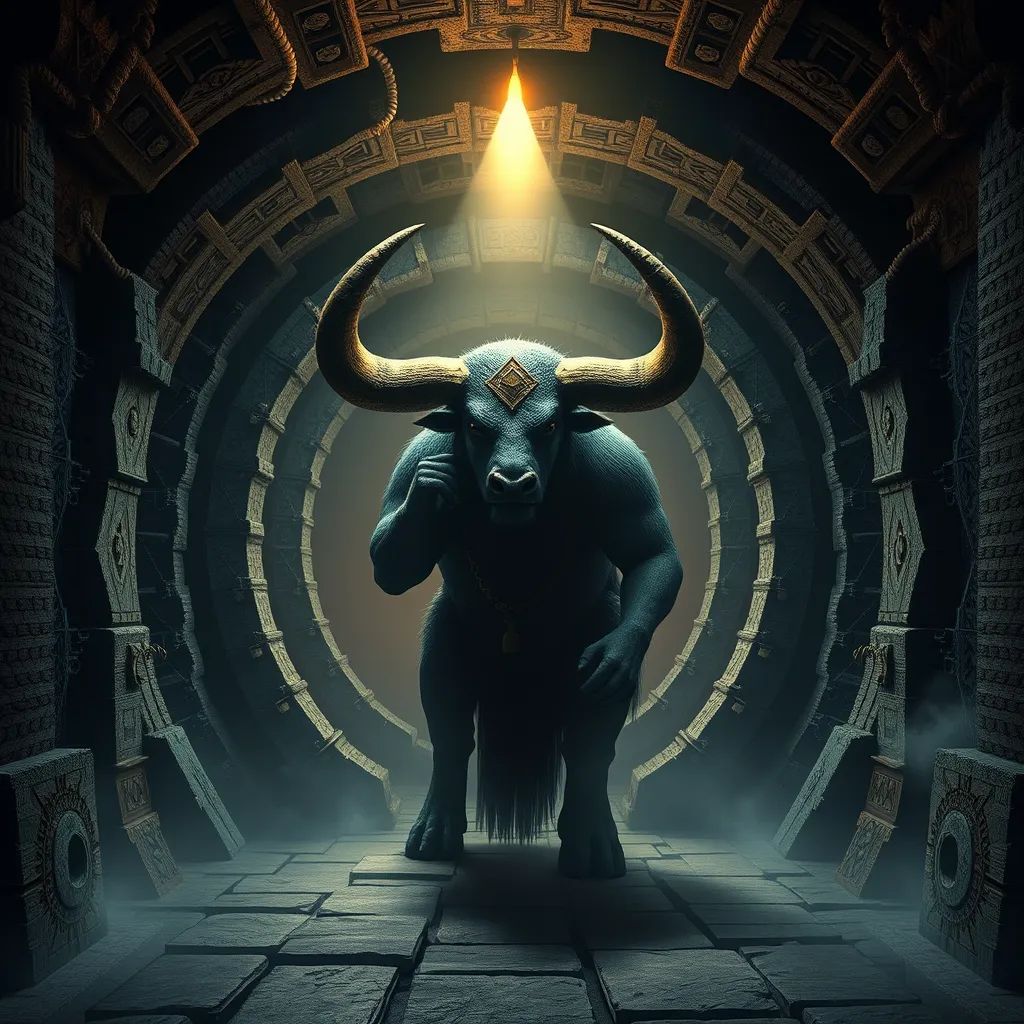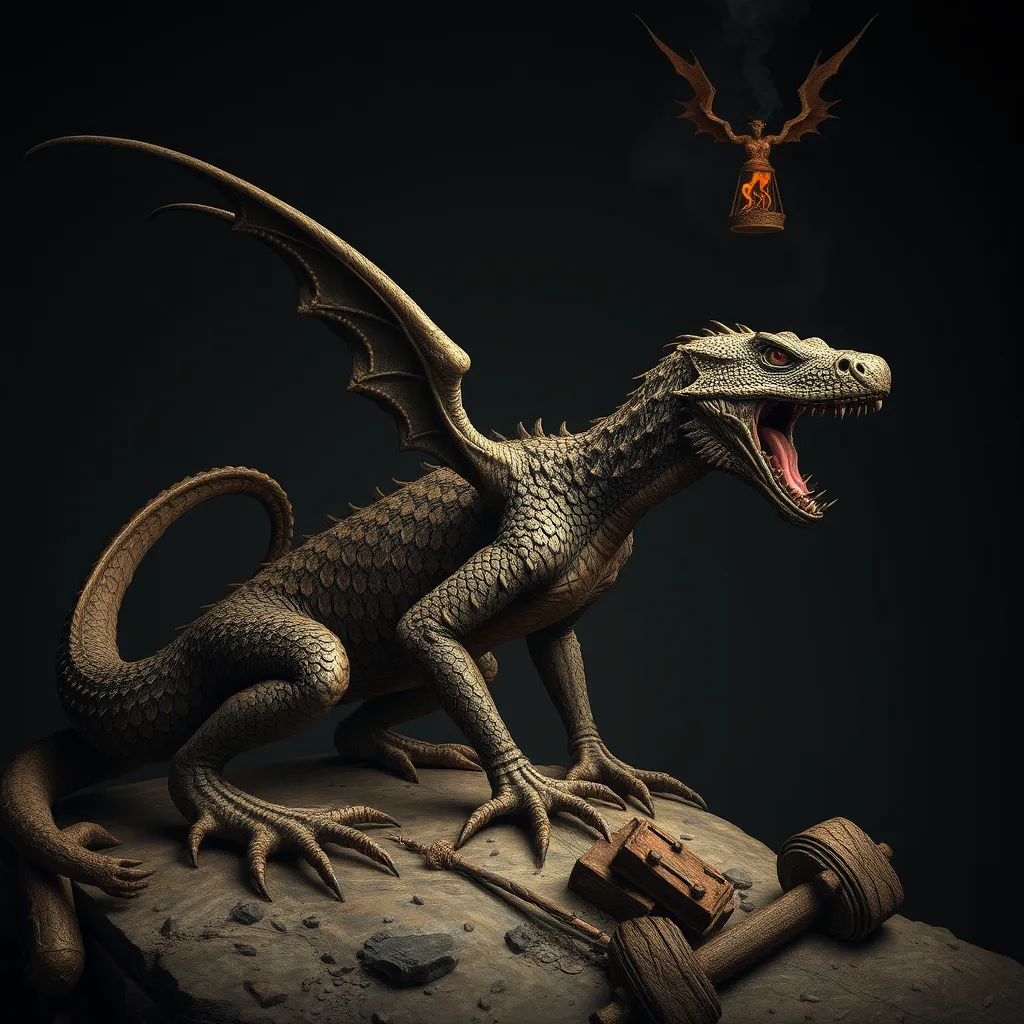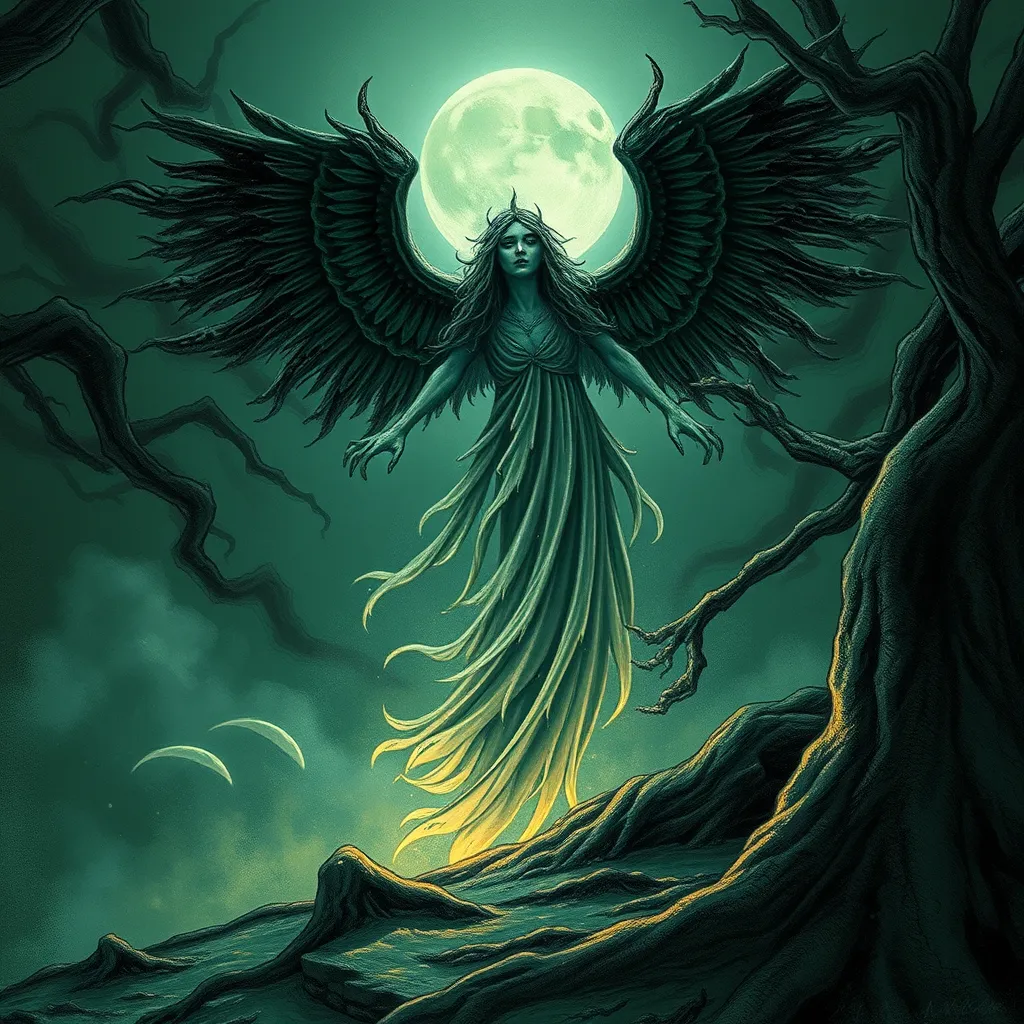Elven Echoes of the Norse Sagas: From Huldra’s Enchantments to the Wild Hunt
I. Introduction
Norse mythology, a rich tapestry of gods, heroes, and supernatural beings, has captivated the imagination for centuries. Its significance lies in its intricate storytelling and the insights it provides into the values and beliefs of the Norse people. Among the myriad of figures within this mythology, elves hold a unique place, embodying both beauty and danger, enchantment and chaos.
This article aims to explore the connections between elven lore and Norse sagas, delving into the nature of elves, their enchanting roles in folklore, and their lasting impact on cultural narratives. Through this exploration, we will uncover the mystical world where elves and Norse mythology intertwine.
II. The Nature of Elves in Norse Mythology
In Norse mythology, elves are divided into various categories, each possessing distinct characteristics and roles:
- Light Elves (Ljósálfar): Often depicted as benevolent beings associated with light and beauty, Light Elves are said to dwell in Álfheim, one of the Nine Worlds.
- Dark Elves (Dökkálfar): In contrast to their light counterparts, Dark Elves are often considered to be malevolent or neutral, inhabiting the underworld and associated with the earth’s fertility.
- Svartálfar: Also known as Dark Elves, they are skilled craftsmen and are credited with creating many of the magical items found in Norse mythology.
The characteristics associated with elves include:
- Beauty: Elves are often described as exceptionally beautiful, with an ethereal quality that sets them apart from humans.
- Magic: They possess powerful magical abilities, often connected to nature and the elements.
- Nature Spirits: Elves are seen as guardians of the natural world, with the ability to influence the growth of plants and the fertility of the land.
Elves serve as intermediaries between the human and divine realms, often acting as messengers or protectors. Their presence in Norse tales underscores the interconnectedness of the worlds, highlighting the belief that the supernatural influences the everyday lives of humans.
III. The Huldra: Enchantress of the Forests
The Huldra is a captivating figure in Scandinavian folklore, often described as a beautiful woman with a cow’s tail, who lures men into the forest. This enchanting character is deeply connected to elven magic and the mysteries of nature.
In many tales, the Huldra embodies the duality of nature—both nurturing and dangerous. She is associated with fertility and the wilderness, symbolizing the untamed aspects of the natural world. Farmers would often leave offerings to the Huldra to ensure a bountiful harvest, illustrating her significance in agrarian societies.
The symbolism of the Huldra extends beyond mere enchantment; she represents the balance between humanity and nature, reminding us of the respect and reverence needed for the wild spaces of the world.
IV. The Wild Hunt: A Chthonic Element
The Wild Hunt is a pervasive myth in European folklore, including Norse traditions. It is often depicted as a ghostly procession led by a supernatural figure, accompanied by a host of spectral hunters and hounds. This myth carries profound significance, often associated with chaos, death, and transition.
Elves, along with other supernatural beings, play a crucial role in the Wild Hunt. They are sometimes portrayed as participants or as guides for lost souls during this chaotic journey. The presence of elves in this mythological event emphasizes their dual nature—both as protectors and as harbingers of change.
Interpretations of the Wild Hunt often focus on its themes of chaos and transition, representing the thin veil between life and death, the known and the unknown. The hunt serves as a reminder of the inevitability of change and the cyclical nature of existence.
V. Elven Influence on Norse Heroic Sagas
Elves have left a lasting influence on Norse heroic sagas, where they often appear as characters who impact the journeys of heroes. Some notable examples include:
- Alvis: A dwarf who seeks the hand of the goddess Freyja, demonstrating the complex interactions between dwarves and elves.
- Freyja: The goddess of love and fertility, often associated with elves and their magical prowess.
The encounters with elves in these sagas frequently lead to themes of enchantment and transformation. Heroes may receive blessings or face trials that test their courage and resolve, often resulting in personal growth or a shift in their destiny.
Through these narratives, the elven presence enhances the themes of magic, fate, and the intricate relationships between mortals and the divine.
VI. The Intersection of Elven Lore with Other Mythologies
The concept of elves is not unique to Norse mythology; they share similarities with elven figures in Celtic and Germanic traditions. A comparative analysis reveals shared themes:
- Enchantment: In both Norse and Celtic traditions, elves are often depicted as enchanting beings who can bestow gifts or curses upon humans.
- Nature: Elves are frequently associated with natural landscapes, acting as guardians of the forests, rivers, and mountains.
- The Supernatural: The role of elves as intermediaries between the human realm and the divine is a common thread in various cultural narratives.
The blending of these narratives over time illustrates the evolution of elven lore, showcasing how cultural exchanges have enriched the mythological landscape.
VII. Modern Interpretations and Cultural Resurgence
In recent years, there has been a revival of interest in Norse mythology and elven figures, particularly in contemporary media. Works of fantasy literature, films, and television shows often draw inspiration from these ancient traditions, reimagining elves in various forms.
Examples of modern interpretations include:
- J.R.R. Tolkien’s Works: His portrayal of elves has significantly influenced popular perceptions of these beings.
- Marvel’s Thor: The depiction of Asgard and its inhabitants, including elves, has brought Norse mythology to a broader audience.
The ongoing relevance of elven and Norse motifs in modern culture highlights the enduring appeal of these mythological narratives, encouraging a deeper understanding and appreciation of their origins.
VIII. Conclusion
In summary, the exploration of elven echoes in Norse sagas reveals a rich and intricate tapestry of myth and lore. From the enchanting Huldra to the chaotic Wild Hunt, elves occupy a significant place within the realm of Norse mythology, serving as symbols of beauty, magic, and the complexities of nature.
The enduring legacy of elven figures in these narratives underscores the importance of preserving and understanding these mythological traditions. As we continue to engage with these stories, we gain insights into the values and beliefs that shaped the Norse world and continue to resonate with us today.



